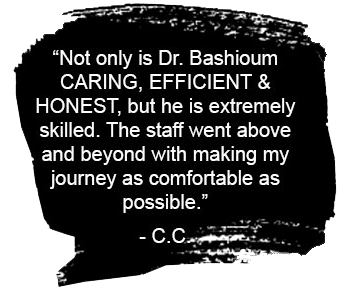Rise in Nipntucks for the 65+ Set
November 1st, 2011
According to Robert Johnson of The Wall Street Journal for Fox News, the 65 and over crowd is signing up for cosmetic surgery in record numbers. Perhaps the pop culture saying that 60 is the new 50 is fueling this new uptick. The American Society for Aesthetic Plastic Surgery reports that elective cosmetic procedures among patients age 65 and older, for both surgical and nonsurgical nipntucks, has risen 29 percent in the past five years, to almost 700,000.
While seniors are living healthier and more active lives, cosmetic surgery is usually safe. However, the risk of general anesthesia is slightly higher for older patients. I require that my patients have a thorough physical from their personal physician, approving them for surgery. It is also my practice to limit the scope of surgery to one procedure at a time. I find that my older patients have fewer complications, heal faster and are up and around more quickly without combining multiple surgeries. As a general rule, this is my recommendation for most of my patients. Reality shows have popularized “extreme makeovers†making dramatic television to grab ratings, but multiple surgeries represent a greater risk for complications.
European Med Spas: a Series #5
September 28th, 2011
Skincare: A Growing Global Business
According to the American Society of Plastic Surgeons, the global market for Nipntucks now exceeds $30 billion. I think factors driving this growth are an aging population, growing overall acceptance of cosmetic surgery and an uptick of people seeking cosmetic improvements for themselves.
Skincare and anti-aging products are big business. According to research by Mintel and Beauty News, 62% of French women use anti-wrinkle products. But they are not alone. Wrinkles are not just an issue for French women. Italian women are not far behind, with 60% using anti-wrinkle products, followed by Spanish women at 55%, the UK -51% and Germany -49%.
Does it seem that all the new beauty products or cosmetic techniques come from Europe? There is a good reason why this happens to be the case. In Europe, most of these cosmetic products only need to obtain a ‘Conformit’e Europeene’ certification, which is a relatively cheaper and quicker process, unlike seeking for FDA approval in America. Companies can more easily launch products in Europe and begin their marketing and brand building process there.
The intense consumer interest in anti-aging and facial skincare products worldwide, is probably driving new product developments with fancy marketing of scientific claims, like ever-lengthening peptide chains and DNA repair. Elaborate packaging also helps to create the sensation of medical-breakthrough serums to erase wrinkles and appears to appeal to women worldwide.
Next Stop: Switzerland
